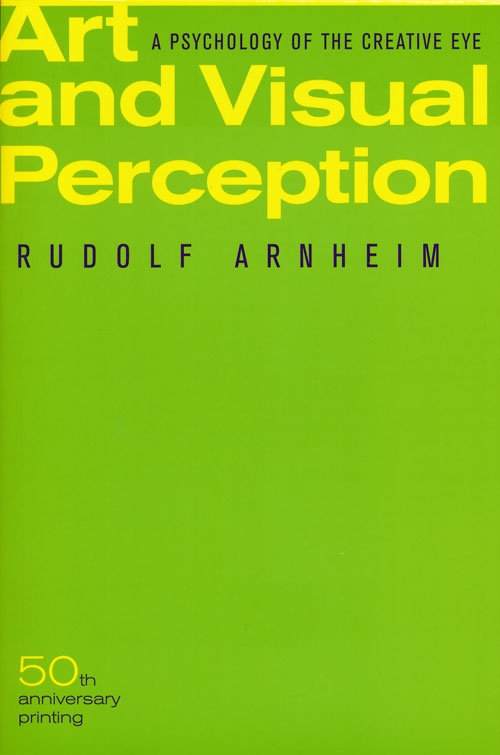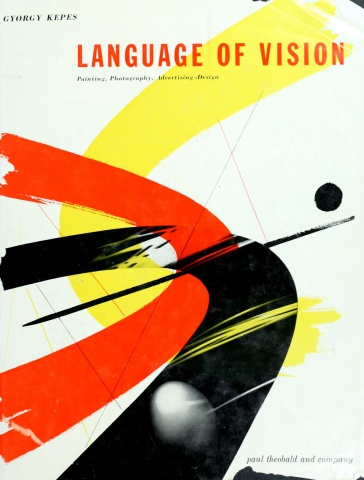Robert Morris: Continuous Project Altered Daily: The Writings of Robert Morris (1993)
Filed under book | Tags: · art, art criticism, art theory, land art, minimal art, perception, sculpture, space

“Robert Morris is best known for his significant contributions to minimalist sculpture and antiform art, as well as for a number of widely influential theoretical writings on art. Illustrated throughout, this collection of his seminal essays from the 1960s to the 1980s addresses wide-ranging intellectual and philosophical problems of sculpture, raising issues of materiality, size and shape, anti-illusionism, and perceptual conditions.
Included are the influential ‘Notes on Sculpture’ which in four parts carefully articulates the shifting terrains of sculpture during the 1960s, tracing its movement from the gestalt-driven unitary forms of minimalism, through permutable pieces to the formally dispersed process-oriented antiform art that appeared later in the decade, and Morris’s landmark essay on ‘Anti Form’, which marked a departure from art as object. In ‘The Art of Existence’, Morris deftly and humorously invents three artists, who in their movement away from object-art and toward the extra-visual, reveal the limits and conditions of modern sculpture. Essays of the 1970s and 1980s reveal Morris’s preoccupation with the broad conditions of memory and space, which were explored in his experiments with land reclamation and land art, with labyrinthine environments and carceral imagery. In the later essays, Morris looks at modern art’s development in America, based on a framework of strategies produced by Duchamp, Pollock, and other key figures. And in a refiguration of an interview with Roger Denson, Morris acts out a subtle mockery of himself and his art, collapsing the high seriousness of the intended format into a playful scheme.”
Publisher MIT Press, 1993
An October Book
ISBN 026213294X, 9780262132947
xi+326 pages
Reviews: Gary Shapiro (Journal of Aesthetics and Art Criticism 1997), Tony Godfrey (Art Book 1994).
PDF (45 MB)
Comment (0)Rudolf Arnheim: Art and Visual Perception (1954–) [EN, RU, PL, RO, ES, BR-PT]
Filed under book | Tags: · architecture, art theory, colour, kinesthesia, light, movement, music, painting, perception, perspective, physiology, psychology, sculpture

“Since its publication in 1954, this work has established itself as a classic. It casts the visual process in psychological terms and describes the creative way one’s eye organizes visual material according to specific psychological premises. In 1974 this book was revised and expanded, and since then it has continued to burnish Rudolf Arnheim’s reputation as a groundbreaking theoretician in the fields of art and psychology.”
Publisher University of California Press, 1954
Expanded and revised edition, 1974
ISBN 0520243838
508 pages
Interview with the author (Uta Grundmann, Cabinet, 2001)
Publisher (EN)
Art and Visual Perception (English, 1954/1974, 26 MB)
Iskusstvo i vizualnoe vospriyatie (Russian, trans. V.N. Samokhin, 1974/2000, DJVU, no OCR)
Sztuka i percepcja wzrokowa (Polish, trans. Jolanta Mach, 1978, 24 MB, no OCR, via nuitienne)
Arta si perceptia vizuala (Romanian, trans. Florin Ionescu, 1979, 35 MB, no OCR, via)
Arte y percepción visual (Spanish, trans. María Luisa Balseiro, 1979/1997, 43 MB)
Arte e percepção visual (Brazilian Portuguese, trans. Ivonne Terezinha de Faria, 1980/2005)
Gyorgy Kepes: Language of Vision: Painting, Photography, Advertising-Design (1944–) [EN, ES, DE]
Filed under book | Tags: · advertising, art, art theory, bauhaus, colour, design, light, painting, perception, photography, vision

Noted painter, designer, theoretician Gyorgy Kepes analyzes the effect of visual language on the structure of human consciousness, in particular how the elements of line and form are perceived and how innovative types of perspective can lead to more dynamic representations in art. Over 300 photographs, drawings and illustrations.
With introductory essays by Siegfried Giedion and Samuel Ichiye Hayakawa
First published in 1944
Publisher Paul Theobald, Chicago, 1969
228 pages
Commentary: Ellen Lupton and J. Abbott Miller (1999), Leigh Anne Roach (Ph.D. dissertation, 2010).
Language of Vision (English, 1944/1969, 33 MB, no OCR)
El Lenguaje de la visión (Spanish, trans. Enrique L. Revol, 1969, added on 2017-6-21 via Valericke)
Sprache des Sehens (German, trans. Renate Pfriem and Almut v. Wulffen, 1971, 20 MB, added on 2019-12-3 via ARCH)

